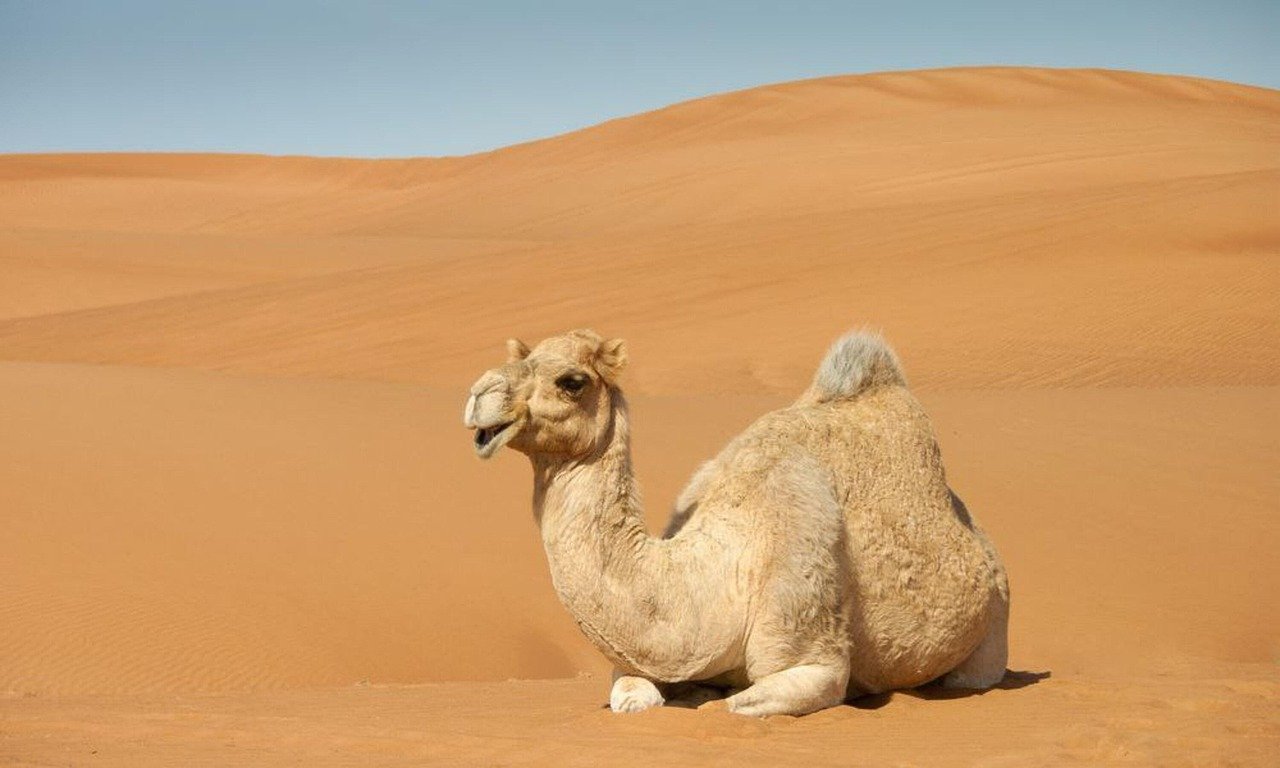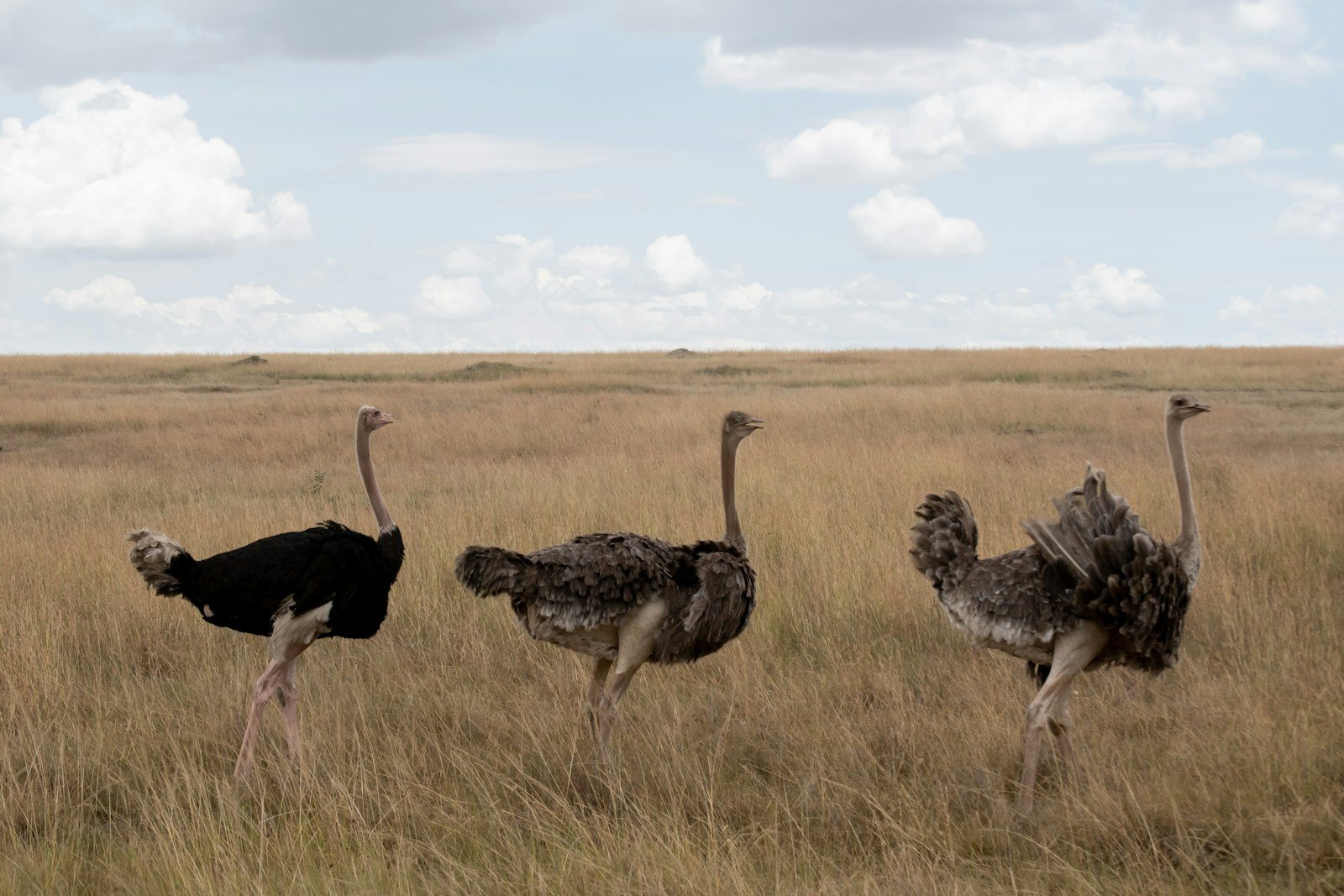Imagine a creature so resilient that it could survive the harshest environments on Earth, and even the void of space. While it might sound like science fiction, these incredible animals exist right here on our planet. Nature has equipped them with astonishing adaptations that allow them to thrive in places where most life would perish. From the chilling depths of the Antarctic to the scorching heat of the desert, and even the vacuum of space, these animals showcase the incredible diversity and resilience of life. Let’s dive into the world of these extraordinary survivors.
Tardigrades: The Indestructible Water Bears

Tardigrades, often affectionately known as water bears, are microscopic creatures that have captured the fascination of scientists and nature enthusiasts alike. These tiny organisms, measuring less than a millimeter, have a remarkable ability to withstand extreme conditions that would obliterate most other forms of life. They can survive temperatures as low as -328°F and as high as 304°F. Their resilience doesn’t end with temperature; they can also endure radiation levels thousands of times higher than humans can tolerate.
One of the tardigrades’ most astonishing feats is their ability to survive the vacuum of space. In 2007, tardigrades were sent into space and exposed to its harsh environment; remarkably, they survived and even managed to reproduce once back on Earth. This incredible adaptability is due to their ability to enter a state called cryptobiosis, where they lose nearly all their water content and their metabolism comes to a near halt. This state allows them to endure harsh conditions for long periods until they find themselves in a more hospitable environment.
Emperor Penguins: The Cold Endurers

Emperor penguins are the epitome of survival in one of the Earth’s most inhospitable environments: Antarctica. These majestic birds are the only penguins that breed during the harsh Antarctic winter. With temperatures plummeting to -76°F, their survival is nothing short of miraculous. They rely on their thick layers of blubber and densely packed feathers to insulate themselves against the biting cold.
Emperor penguins also employ a unique social behavior to survive the freezing temperatures. They huddle together in large groups, taking turns to be on the outside of the huddle, where the cold is most intense. This cooperative strategy helps them conserve heat and shares the burden of the harsh conditions. Their ability to survive and thrive in such an extreme environment is a testament to nature’s ingenuity.
Desert Iguanas: Masters of the Heat
In stark contrast to the icy habitat of the emperor penguin, the desert iguana is a master of enduring extreme heat. Found in the scorching deserts of the southwestern United States and northern Mexico, these reptiles can survive temperatures that soar above 104°F. Desert iguanas have developed several adaptations that allow them to thrive in these arid conditions.
Their light-colored skin reflects sunlight, reducing heat absorption, while their ability to regulate their body temperature through behavioral adaptations, like seeking shade or burrowing into the sand, helps them avoid overheating. Additionally, desert iguanas have an efficient system for conserving water, allowing them to survive in an environment where water is scarce. Their ability to navigate and flourish in such a challenging habitat is a testament to their resilience.
Wood Frogs: The Frozen Survivors
The wood frog is a fascinating example of nature’s ability to defy the odds in extreme conditions. Found in the forests of North America, these frogs have a unique adaptation that allows them to survive being frozen solid during the winter months. As temperatures drop, wood frogs enter a state of suspended animation, where their heart stops beating, and their body freezes.
Remarkably, when spring arrives, and temperatures rise, the wood frog thaws out and resumes its normal activities as if nothing happened. This incredible feat is made possible by the presence of cryoprotectants in their bodies, which prevent ice from forming within their cells and causing damage. The wood frog’s ability to survive freezing temperatures showcases the marvels of evolutionary adaptation.
Pompeii Worms: Thriving in Boiling Waters

Deep in the ocean, near hydrothermal vents, reside the Pompeii worms, some of the most heat-tolerant animals known to science. These remarkable creatures thrive in environments where temperatures can reach up to 176°F, conditions that would be fatal to most life forms. They achieve this by forming symbiotic relationships with bacteria that live on their backs.
The bacteria produce a protective layer that shields the worms from the extreme heat and toxic chemicals emitted by the hydrothermal vents. In return, the worms provide the bacteria with nutrients. This mutualistic relationship allows Pompeii worms to survive and even flourish in one of the harshest environments on Earth, illustrating the power of cooperation in nature.
Antarctic Krill: The Ice Survivors

Antarctic krill, small shrimp-like crustaceans, are a vital component of the Southern Ocean’s ecosystem. These resilient creatures have adapted to survive the freezing waters of Antarctica, where temperatures can drop below freezing. Their ability to thrive in such cold conditions is due to a unique adaptation: the production of antifreeze proteins.
These proteins prevent ice crystals from forming in their bodies, allowing them to survive and function in icy waters. Antarctic krill are also capable of entering a state of dormancy when food is scarce, conserving energy until conditions improve. Their adaptability and resilience make them a crucial part of the Antarctic food web, supporting a variety of marine life, from fish to whales.
Camels: The Desert Navigators

Camels are synonymous with survival in the harsh desert environment, where temperatures can soar above 120°F during the day and plummet at night. These iconic animals have evolved a range of adaptations that enable them to endure the extreme conditions of the desert. Their humps store fat, which can be converted into energy and water when resources are scarce.
Camels also have specialized kidneys and intestines that allow them to conserve water and withstand dehydration for extended periods. Their thick coats protect them from the sun’s intense rays, while their long eyelashes and nostrils can close to keep out sand. Camels’ ability to traverse vast desert landscapes with ease makes them one of nature’s most resilient travelers.
Water Bears on the Moon: The Space Survivors

In a surprising twist, tardigrades, or water bears, have been found to survive not only in Earth’s extreme environments but also in space. In 2019, a spacecraft carrying tardigrades crash-landed on the Moon, inadvertently making them the first known creatures to potentially survive on a celestial body beyond Earth. While it’s uncertain if they are still alive, their resilience in space conditions has been well documented.
Tardigrades’ ability to enter a state of cryptobiosis, where they dry out and effectively pause their metabolism, allows them to withstand the vacuum, radiation, and temperature fluctuations of space. This remarkable adaptation raises intriguing questions about the potential for life beyond our planet and the possibilities of interstellar survival.
Ostriches: The Heat Runners

Ostriches, native to the African savannas and deserts, are well-adapted to surviving in extreme heat. These large, flightless birds have a range of adaptations that enable them to thrive in hot environments. Their long legs allow them to cover great distances in search of food and water, while their ability to run at speeds up to 45 miles per hour helps them escape predators.
Ostriches have a unique respiratory system that efficiently cools their bodies, allowing them to maintain a stable internal temperature even in scorching heat. Additionally, their large eyes and excellent vision help them spot danger from afar. Ostriches’ ability to navigate and survive in such challenging habitats highlights the incredible diversity of life on Earth.



